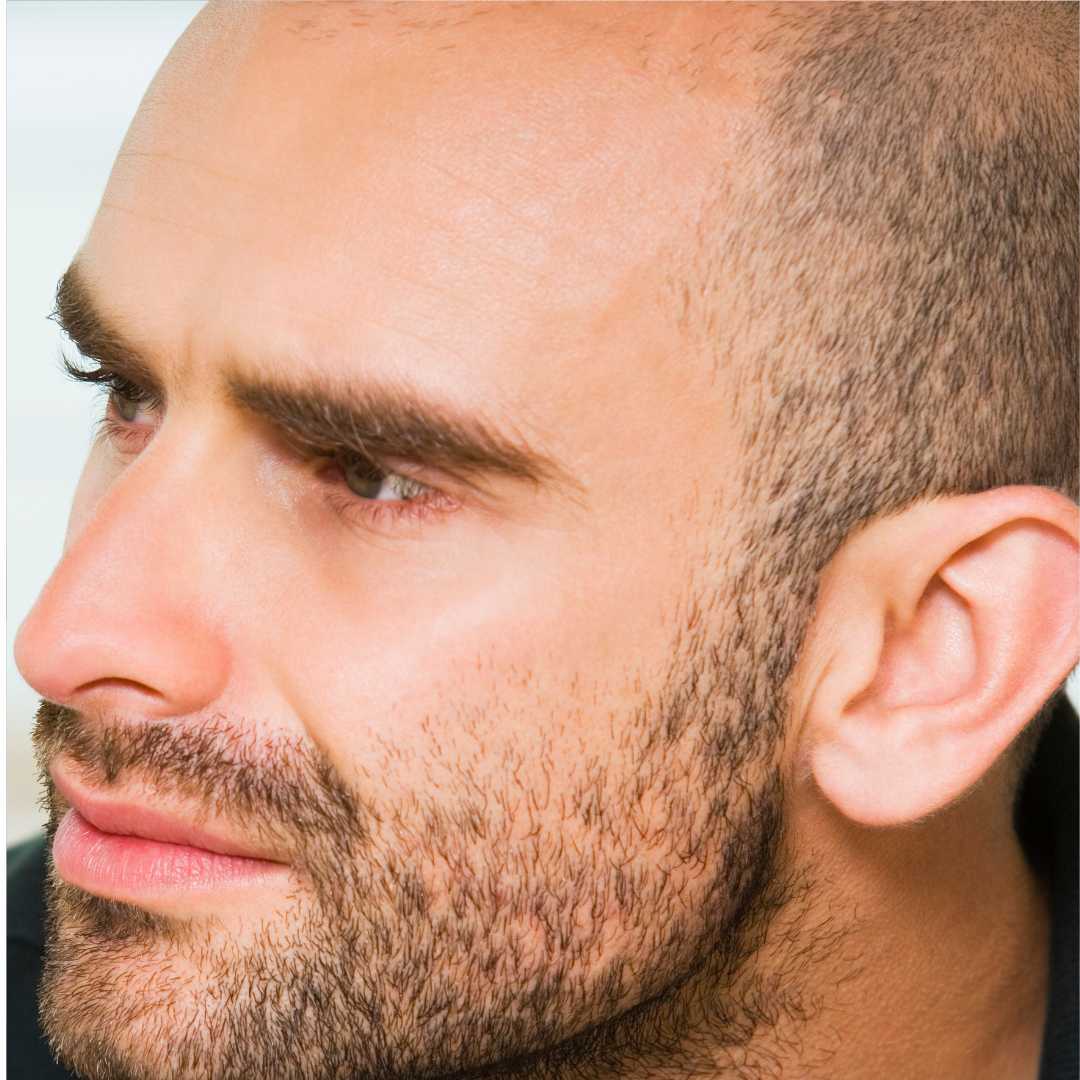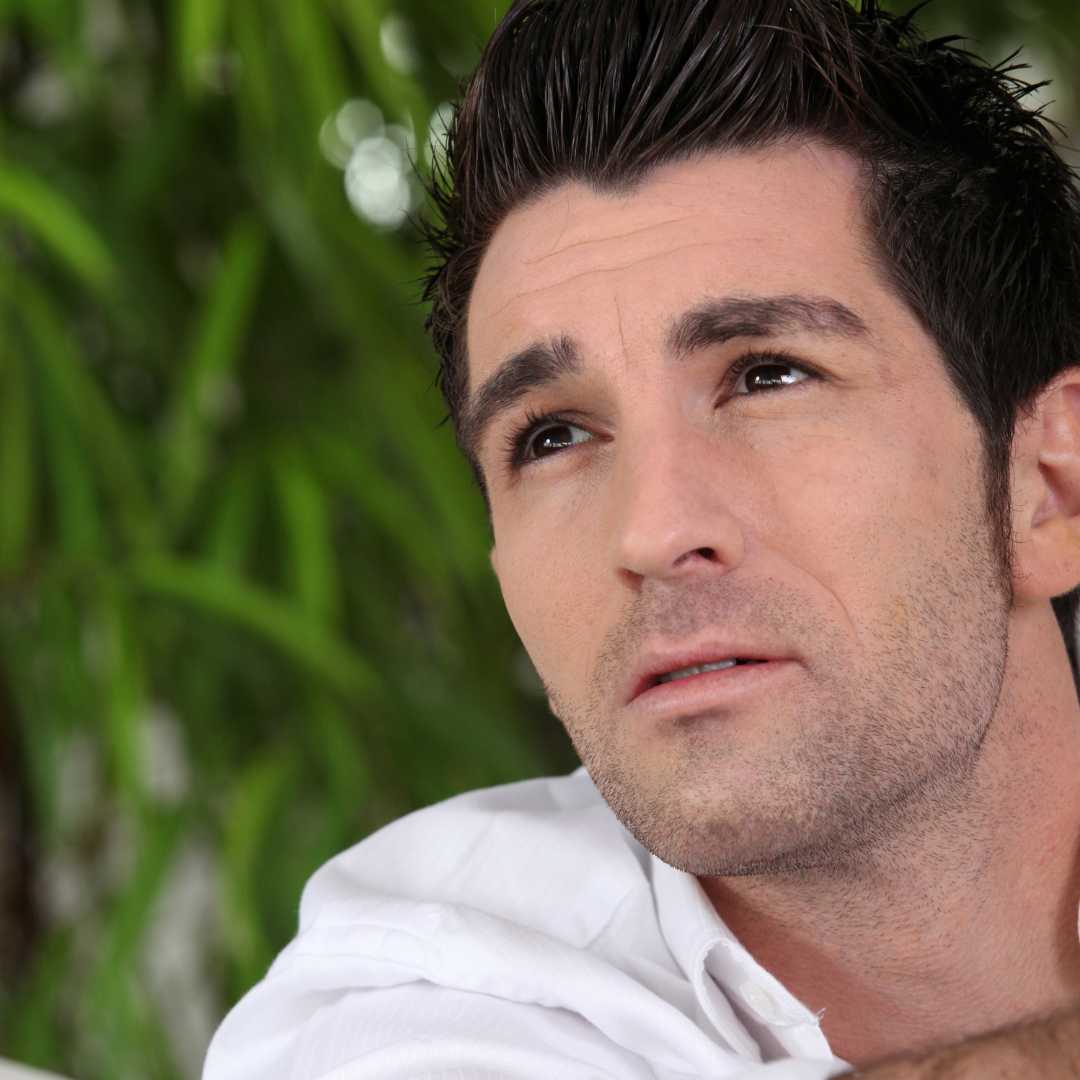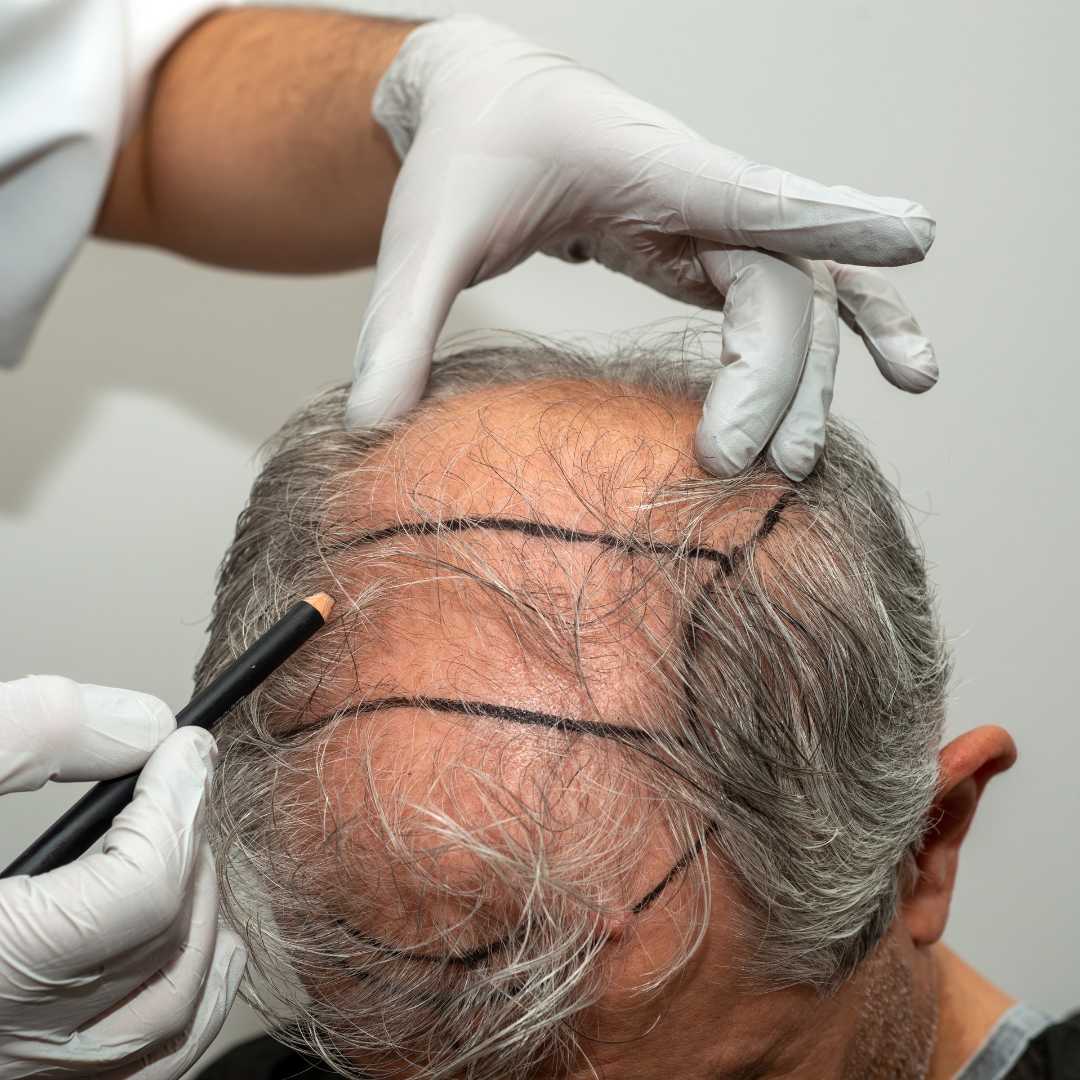What You Should Know Before a Hair Transplant in Turkey
If you’re noticing hair loss, a hair transplant in Turkey offers top results at a fraction of the cost. It’s an exciting but major medical and financial decision involving travel, choosing the right surgeon, clinic, and team. This guide shares what people wish they knew before going to Istanbul, covering costs, recovery, and key tips to help you navigate the process with confidence and achieve a successful hair restoration journey.
How much does a hair transplant actually cost in Turkey?
Cost is a major reason many choose a hair transplant in Turkey. Procedures are much cheaper than in Western countries, often due to lower living and labor costs, not lower quality. Most reputable clinics offer all-inclusive packages, but it’s important to understand exactly what’s included in the quoted price.
These packages typically include:
- The surgical procedure itself (for a specific number of grafts).
- Consultation with the surgeon.
- Pre-operative blood tests.
- Accommodation in a 4 or 5-star hotel for a few nights.
- All transfers between the airport, hotel, and clinic.
- Post-operative medications, shampoo, and lotion.
- An interpreter if needed.
Always ask for a detailed breakdown of the package. Be wary of prices that seem too good to be true, as they might indicate a "hair mill" where technicians, not doctors, perform most of the surgery, or there might be hidden costs.
What's the difference between FUE and DHI techniques?
Understanding the main hair transplant techniques in Turkey is important:
-
Sapphire FUE:
-
Extracts individual follicular units from the donor area
-
Creates channels with fine sapphire blades
-
Implants grafts into the channels
-
-
DHI (Direct Hair Implantation):
-
Uses a Choi implanter pen to create channels and implant simultaneously
-
Ideal for adding density among existing hair
-
Often allows quicker initial recovery
-
Can be more expensive due to specialized tools and labor
-
How do I choose a reputable and safe clinic in Turkey?
The sheer number of clinics in Istanbul can be overwhelming. Due diligence is non-negotiable. Avoid "hair mills" where one doctor oversees numerous simultaneous surgeries performed by unlicensed technicians. Here's your checklist for vetting a clinic:
- Doctor's Involvement: Insist on knowing who will perform the surgery. The critical steps—extraction planning and channel creation/implantation—should be done by a qualified doctor.
- Credentials and Certifications: Look for surgeons who are members of international hair restoration societies like ISHRS. The clinic should be licensed by the Turkish Ministry of Health.
- Real Patient Results: Don't rely solely on the clinic's website. Look for patient-posted reviews, photos, and videos on forums like Reddit, YouTube, or independent review sites. Look for clear, well-lit photos of results at the 6, 9, and 12-month marks.
- Virtual Consultation: A reputable clinic will offer a free, thorough online consultation with a medical professional (ideally the surgeon) to assess your hair loss and explain their recommended plan.
Is the number of grafts really unlimited?
The number of grafts in a hair transplant is limited:
-
Your donor area (back and sides of the head) has a finite supply of healthy follicles.
-
Over-harvesting can cause a thin, patchy, or “moth-eaten” appearance.
-
A good surgeon prioritizes long-term donor area health.
-
Clinics should provide a realistic graft estimate based on your hair loss and donor density.
-
Be cautious of promises of high graft numbers without proper evaluation.
What is the recovery process actually like?
The first week after a hair transplant is critical. Follow the clinic’s care instructions, sleep with your head elevated, and expect mild swelling and discomfort. Scabs typically fall off by day 10.
Between weeks 2–8, transplanted hairs may shed (“shock loss”), which is normal. New growth starts around months 3–4, with final results visible after 12–18 months. Patience is key.
Will my hair transplant look natural?
The artistry of the surgeon sets a great hair transplant apart:
-
Poor results often show a hairline that is too low, too straight, or uses multi-hair grafts at the front, creating a “pluggy” look.
-
A natural hairline is soft, slightly uneven, and mimics natural growth.
-
Skilled surgeons carefully consider angle, orientation, and density of each graft.
-
Ask to see examples of their hairline work during consultation.
How long do I need to stay in Turkey?
Most all-inclusive packages are structured around a 3-night stay. This is the absolute minimum required to safely have the procedure and the initial follow-up. Some patients prefer to stay a day or two longer to allow the initial swelling to subside and to feel more comfortable before the flight home. Flying immediately after the procedure is generally safe, but you must be careful not to bump your head in the confined space of an airplane.
What happens during the consultation in Turkey?
This is a critical meeting. It's your last chance to ensure you and the surgeon are on the same page. The most important part is the hairline design. The surgeon will draw the proposed line on your forehead with a marker. Do not be afraid to speak up if you are not happy with it. Ask for adjustments. A good surgeon will work with you to create a line that is both aesthetically pleasing and realistic for your age and facial structure.
Is the procedure painful?
Many clinics now offer needle-free anesthesia options, which use a high-pressure jet injector to deliver the anesthetic. This can significantly reduce the initial pain of the injections. Once the anesthesia takes effect, you won't feel pain during the extraction or implantation. Post-operative pain is usually mild and easily managed with the painkillers provided by the clinic for the first few days.
Will I need more than one hair transplant?
A hair transplant does not stop male pattern baldness. The transplanted hair is permanent, but you can continue to lose your native, non-transplanted hair. This is why it's crucial for surgeons to plan with the future in mind, especially for younger patients. Many doctors will recommend medical treatments like Finasteride or Minoxidil to help stabilize your existing hair and prevent further loss, which can reduce the need for future surgeries.
What are the main risks and potential complications?
Other potential side effects include temporary swelling, numbness in the scalp, and minor cysts or pimples as the new hairs grow through. A serious complication like a widespread infection is rare but possible, especially in an unhygienic environment. This underscores the importance of choosing a legitimate medical clinic, not just a storefront.
Can women get hair transplants in Turkey?
Female pattern hair loss often presents as diffuse thinning all over the scalp, rather than the distinct bald spots seen in men. A transplant is most effective for women with stable donor areas and a specific area of thinning or a desire to change their hairline. A thorough medical evaluation is needed to rule out other causes of hair loss that would not be helped by surgery.
What post-op medications and care are required?
Strictly adhering to the post-op care protocol is vital for the survival of the grafts. This includes protecting the scalp from sun exposure, avoiding strenuous exercise and swimming for several weeks, and refraining from smoking and alcohol, which can impede healing. The clinic will provide a detailed timeline of what to do and when.
How do I handle payment and currency?
Paying the bulk of the fee in cash is standard practice in the medical tourism in Turkey. Clarify the accepted currencies with your clinic beforehand. While it might feel strange to travel with a large amount of cash, it is the common procedure. Always get a formal receipt for your payment.
Will there be a language barrier?
Clear communication is essential. Your patient coordinator will be your main contact, and an interpreter is present during your consultation to ensure all medical questions are answered accurately. Even though English is widely spoken, the interpreter ensures no details are lost.
Ready to take the first step towards restoring your hair and confidence? Don't navigate the options alone. Explore top-rated, pre-vetted hair transplant clinic in Turkey with PlacidWay. We help you connect with trusted surgeons and get transparent, all-inclusive pricing. Contact us today for a free, no-obligation consultation and begin your journey to a fuller head of hair.

.png)







.png)
.png)







Share this listing